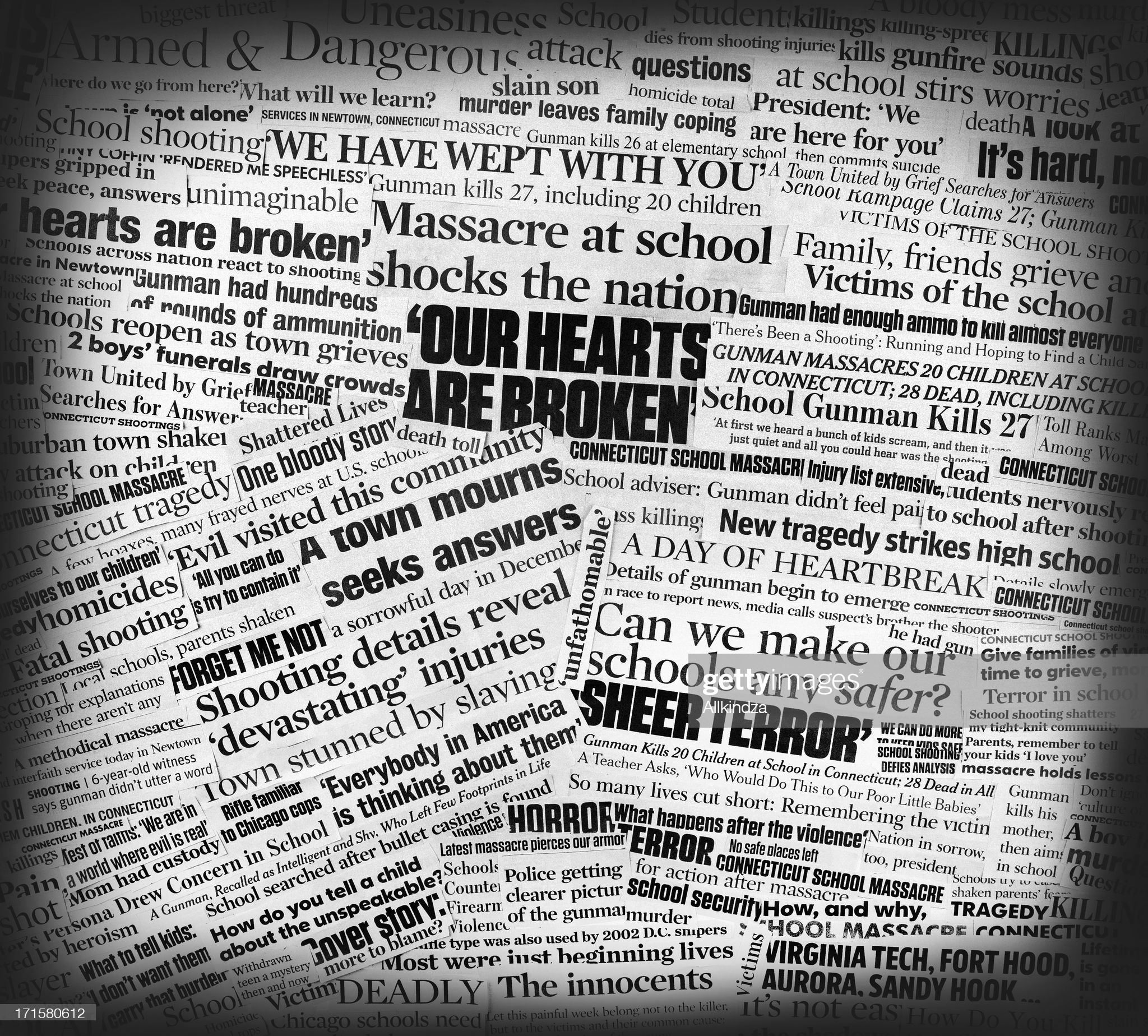
Violent Attachments-Terrorism
Introduction.
In this teaching we’re going to talk about the Making of a Terrorist. Why does terrorism exist? Who are the terrorists? What are the origins of terrorism? What are the psychological components of terrorism? What are the social implications and constructs of terrorism? I have created several courses for different universities on terrorism and the profiling of these types of violence.
Terrorism is not easily defined within social and political contacts. You can have different meanings in different periods of time and have a different purpose even within the same period of time. For this reason, there is no primary definition or single definition that will be successful in determining what is Terrorism. Also, we were looking at the hypocrisy that is concerning the definition of terrorism. Today’s freedom fighter might become tomorrow’s terrorist depending on who’s doing the definition.
Many groups can fall into the category of being labeled as terrorists. We are look through the history of the world and we have seen that once again it is who is defining what is terrorism.
Social Underpinnings
In this section we are going to be looking at the regions terrorists and counterterrorist need to justify the violence. We are going to summarize some studies the way violence is justified. And we are going to describe three different views of profiling in this debate. And we are going to be outlining different points of view regarding radicalization and alienation.
We must remember that social processes influence individual psychological interpretation of how they are responding to and reacting to their psychological and social logical motivators. Violent religious groups and their organizations are rooted in ways of how they view reality. Either lone terrorists or terrorists who belong to organizations take predictable actions and serve certain functions within their groups.
Anthropological and Sociological Approaches
Two primary factors account for the continued influence of religion:
First, religion has always been an important influence in the history of humanity.
Second, modernization tends to break down communities, families, and social orientation.
Terrorism as a Religious Process.
Strong religious beliefs increase:
The likelihood of religious conflict.
The intensity of fighting.
Violence results when sacred traditions are threatened.
Eschatology plays a major role:
Messianic warriors in the end-time correct the heresies of the past and fight for the ideal divine order of a deity.
Empirical findings demonstrate that terrorism is partially a religious process.
Lone Wolf
Religion helps to produce the “lone-wolf avenger”:
A person who has a particular ideology but isn’t part of a group.
An individual lone-wolf avenger needs to find some type of justification for his or her actions, and religion provides the perfect path.
Terrorism as a Religious Process.
Despite utilization of sacred stories and cosmic mythologies, there is a very limited official religious basis for terrorism.
Religious terrorists are lethal – religious terrorist groups killed more people with fewer attacks than secular terrorists.
Religious terrorists are deadlier than their secular counterparts.
Criminology
Criminology as applied to terrorism looks at prevention and apprehension.
Terrorists commit crimes as they struggle for a cause; they set them apart from ordinary street criminals.
As first responders, law enforcement personnel must recognize the differences between typical criminal behavior and terrorist activity.
Practical Behavioral Differences.
Terrorists
1. Focus their actions toward a
goal
2. Are dedicated to a cause.
3. Rarely cooperate with officials because they do not wish to betray their cause.
4. Tend to attack
5. Strike against targets after careful planning
6. Prepare for and rehearse their operations
Criminals
1. Are unfocused.
2. Are not devoted to crime as a philosophy.
3. Will make deals to avoid punishment.
4. Usually run when confronted with force.
5. Strike when the opportunity to do so is present.
6. Rarely train for crime
Justifying Terrorism
Deadly force demands the greatest amount of justification.
Terrorists have the same need for social approval, but they rarely obtain it because their actions are not sanctioned by the governments, they attack.
Terrorists must look outside normative social channels to gain approval for their acts.
In order for social acceptance to be gained, the terrorist group must be isolated from mainstream society.
Processes used by American criminal gangs and suicide bombers are the same.
Profiling the Terrorist Personality
Research lists four types of personalities:
Revolutionaries drawn to a cause.
People who wander among terrorist groups,
People who have a sudden conversion experience
People who are attracted by peers.
Paths and Routes for Terrorism
The psychological processes that lead people to terrorist groups.
The issues that keep them in the group.
The support for people who want to leave.
Radicalization & Alienation.
As with other areas of terrorism, the areas of radicalization and alienation are fraught with differing views and suggestions for research.
Researchers will obtain more fruitful results by examining militant ideology and finding the concepts that are shown to attract followers.
Racialization
Radicalization is a six-step framework.
Alienated young man.
Meets other alienated young men and form bond.
Groups gravitate toward religion.
Religion interpreted in militant terms.
Militant group meets terrorist contact.
Militants join terrorists as a group decision.
Groups in Prison
Recent reports suggest that groups are being radicalized in prison.
A leader often targets selected prisoners or dominate new inmates using intimidation to force intimidating them until they join the group.
Research maintains recruitment is like procedures used by street gangs.
Conclusion.
There are many reasons why people on the fringes of society decide to strike out and either act out on the own or join terrorists’ groups. In any event we have see that there have and endorse violent attachments to carry out their plans of evil and vengeance.
